
What is your favorite bird species?
I would always say the Black-throated Tit, not just because it is the first bird I identified in the field, but also simply because it is cute. I have a soft spot for cute passerines.
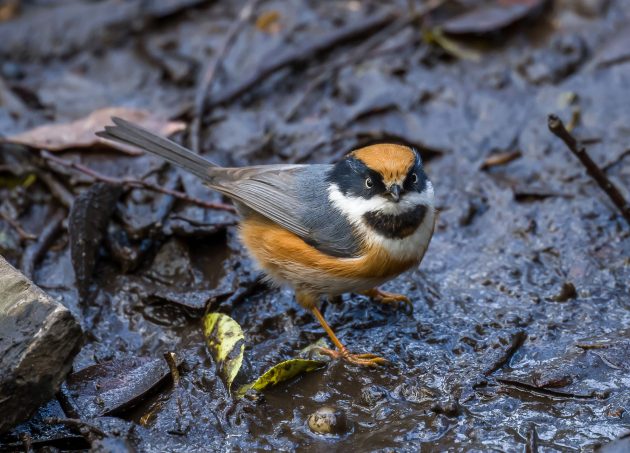
What is your name, and where do you live?
My name is Zhang Zhuyang, but I usually go by Bella Zhang when guiding, to make things easier. I live in Chengdu, Sichuan, famously known as the hometown of the Giant Panda.
What are the main regions or locations you cover as a bird guide?
I guide tours all over China but primarily focus on the southwestern region. This area is especially popular with international birders due to its diversity and uniqueness of bird species.
Chinese White-browed Rosefinch
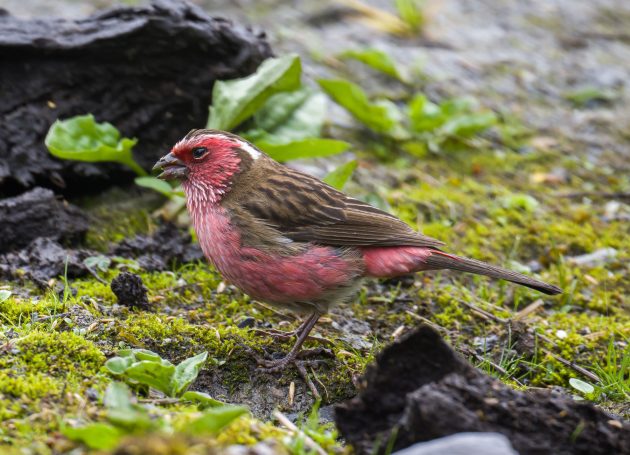
How long have you been a bird guide?
Technically speaking, I started guiding birding tours in Sichuan in 2019. However, birding trips didn’t fully occupy my schedule until 2020, when the pandemic hit. Before that, I was more focused on office work and guiding some of our regular nature groups. Unfortunately, the pandemic led to a downturn in business, and we lost some guides, but this also gave me more opportunities to work in the field as a bird guide. In summary, I’ve been guiding birding tours since 2019 and became deeply involved in 2020.
How did you get into bird guiding?
Before becoming a bird guide, I worked as a nature guide for three and a half years. Early in my nature-guiding career, I was introduced to birding and quickly became passionate about it. I love sharing stories about China’s nature and culture with like-minded people, and I find great satisfaction in helping clients find the birds they target. Through continuous learning and practice in the field, I gradually became a qualified bird guide.
Crested Tit-warbler
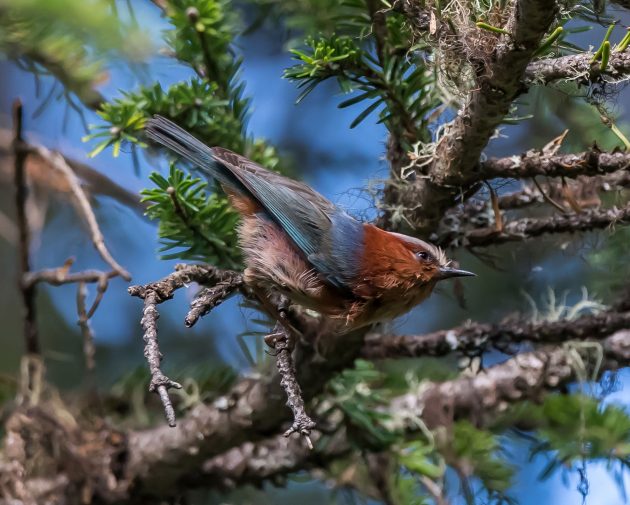
What are the aspects of being a bird guide that you like best? Which aspects do you dislike most?
The best part of being a bird guide is helping my clients enjoy birding in their own way, having casual conversations during the quieter moments, and learning more about the world through their perspectives. The most challenging aspect, in my experience, is dealing with people – whether tourists, birders, or photographers – who don’t understand or respect wildlife, nature, or other travelers. This can sometimes lead to conflicts and negativity, making guiding more difficult. However, it also offers a unique perspective on the dynamics of birding and nature tours in China.
What are the top 5-10 birds in your region that you think are the most interesting for visiting birders?
This is the most difficult question, simply because there are too many! So I will just go with my personal taste (I will skip leaf-warblers, not because I don’t like them, but because the website owner Kai Pflug is biased against them. He recently published an article criticizing leaf-warblers, read here). First of all, our logo bird – the Sichuan Jay. Then, I’d say the Crested Tit-Warbler and White-browed Tit-Warbler—once you see the photos, you’ll understand my choice.
White-browed Tit-warbler
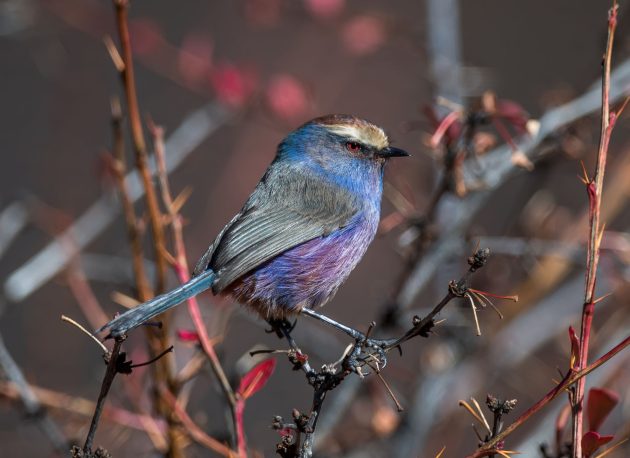
For the remaining spots, I would choose the Grandala, Przevalski’s Pinktail, Firethroat, Grey-hooded Parrotbill, Gold-fronted Fulvetta, and Chinese White-browed Rosefinch. I might also reserve a spot for one “chicken,” the Chinese Monal (apologies for the dark humor).
Chinese Monal
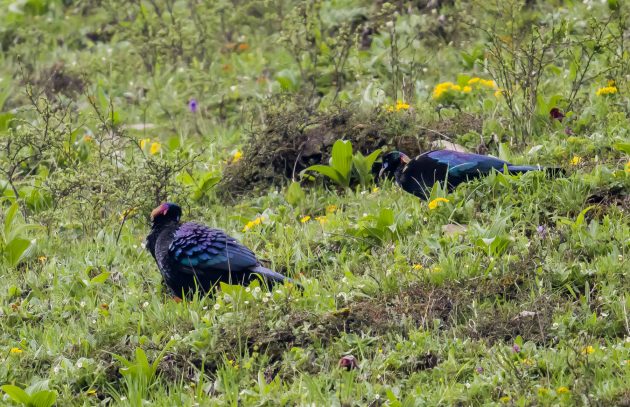
Can you outline at least one typical birdwatching trip in your area? Please briefly describe the locations, the key birds, and the approximate duration of such a trip
One of our most popular tours is the classic Sichuan birding trip in June, which lasts between 14 to 20 days and offers the opportunity to see around 300 species. This trip covers diverse habitats and includes many special species, particularly some stunning summer breeders. Key locations on the itinerary include Wawu Mountain, Balang Mountain, Mengbi Mountain, Ruoergai Grassland, Baxi Forest, and Tangjiahe NNR. During the trip, you’ll encounter a wide variety of pheasants, parrotbills, laughingthrushes, rosefinches, snowfinches, leaf-warblers, and more.
Grandala
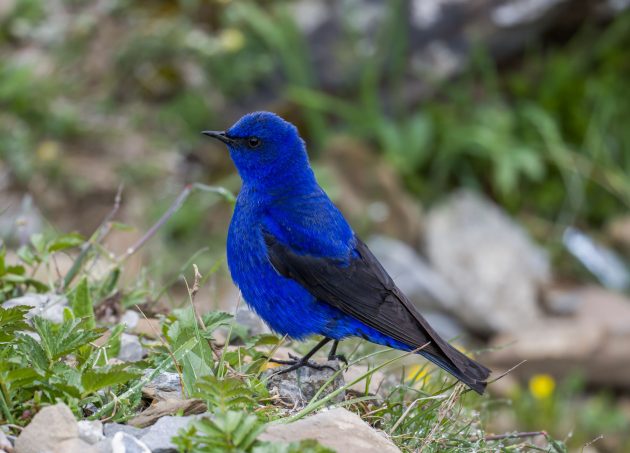
What other suggestions can you give to birders interested in your area? (for example, what to bring, which season to choose, etc.)
China is generally safe for travelers, so there’s no need to worry about safety. However, be prepared for potential language barriers and the prevalence of cashless transactions.
If any reader of 10,000 Birds is interested in birding with you, how can they best contact you?
The best way is to email us at info@alpinebirding.com.
Przevalski’s Pinktail
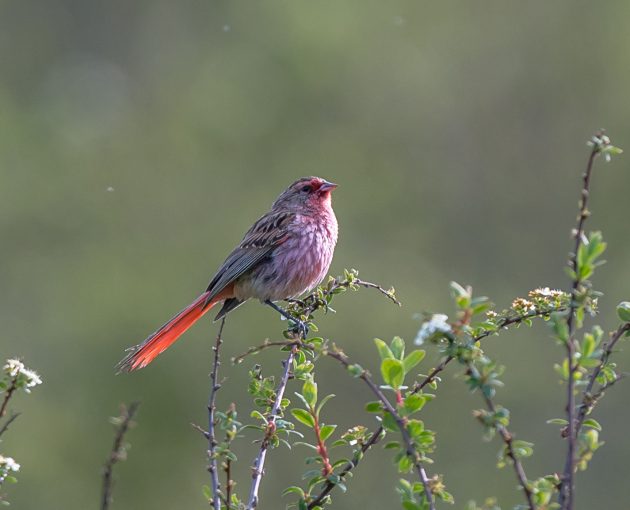
Is there anything else you would like to share with the readers of 10,000 Birds?
Keep reading the interesting stories here!













I fully agree with Bella’s last statement. And she is a great guide too, which I have learned painfully via about 6 birding trips with her.
Another destination for Santa to think about…